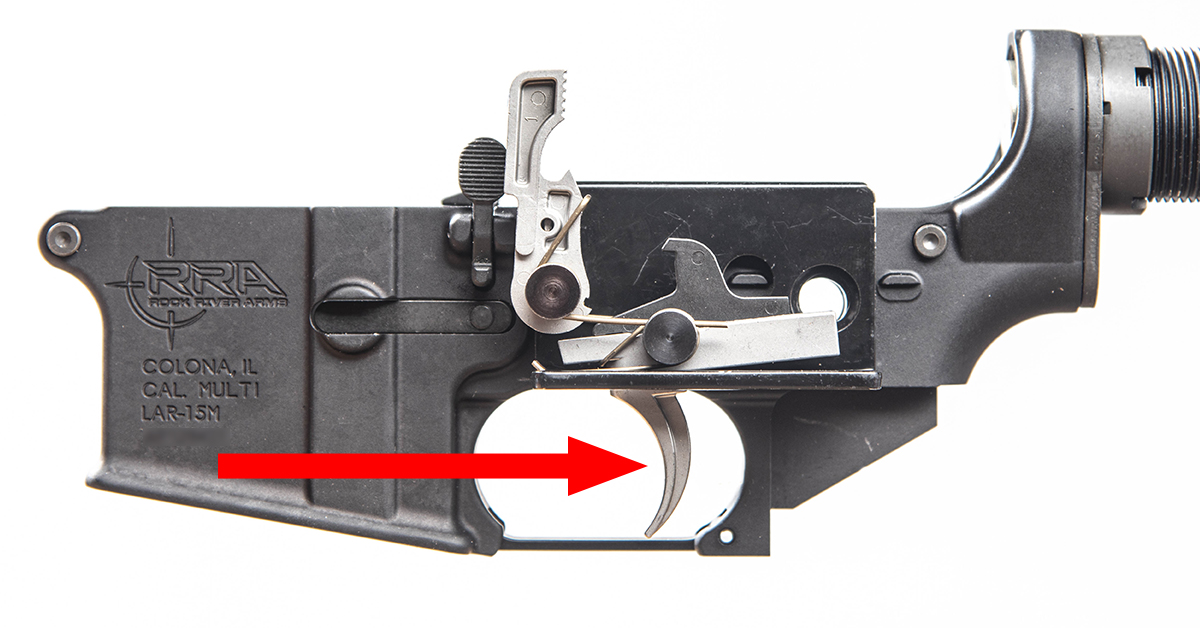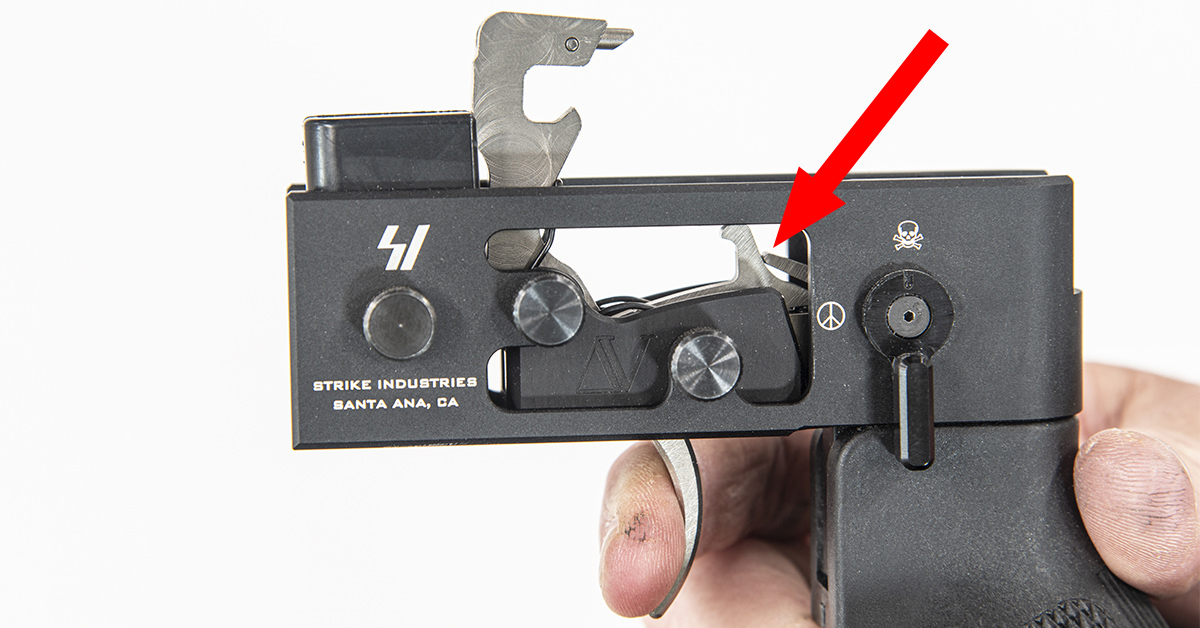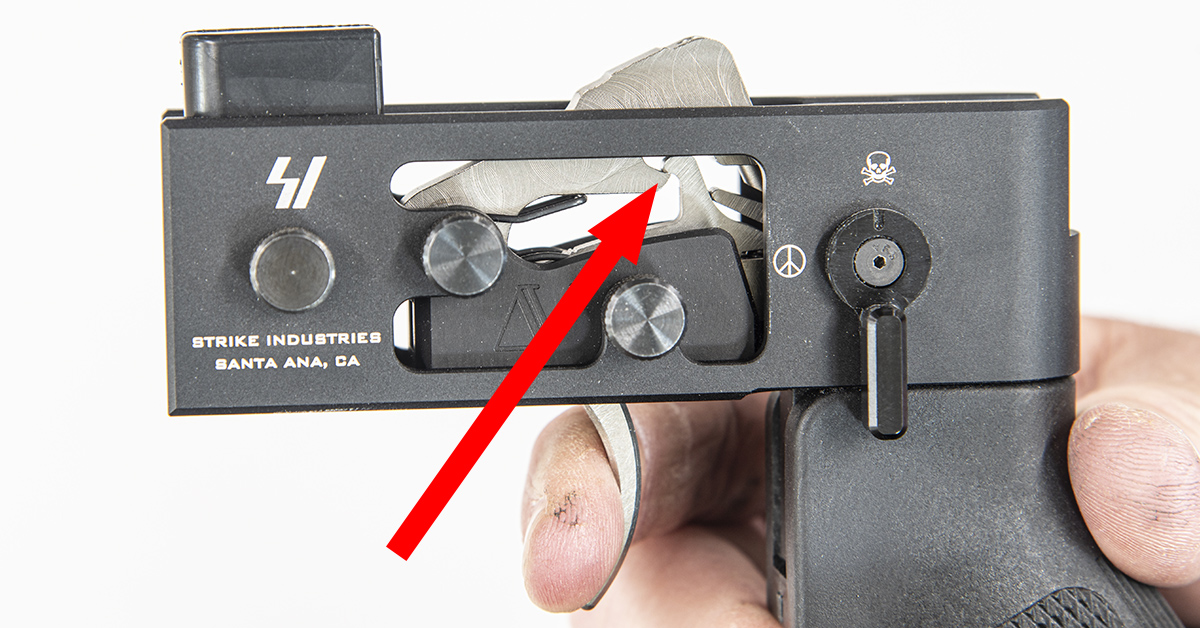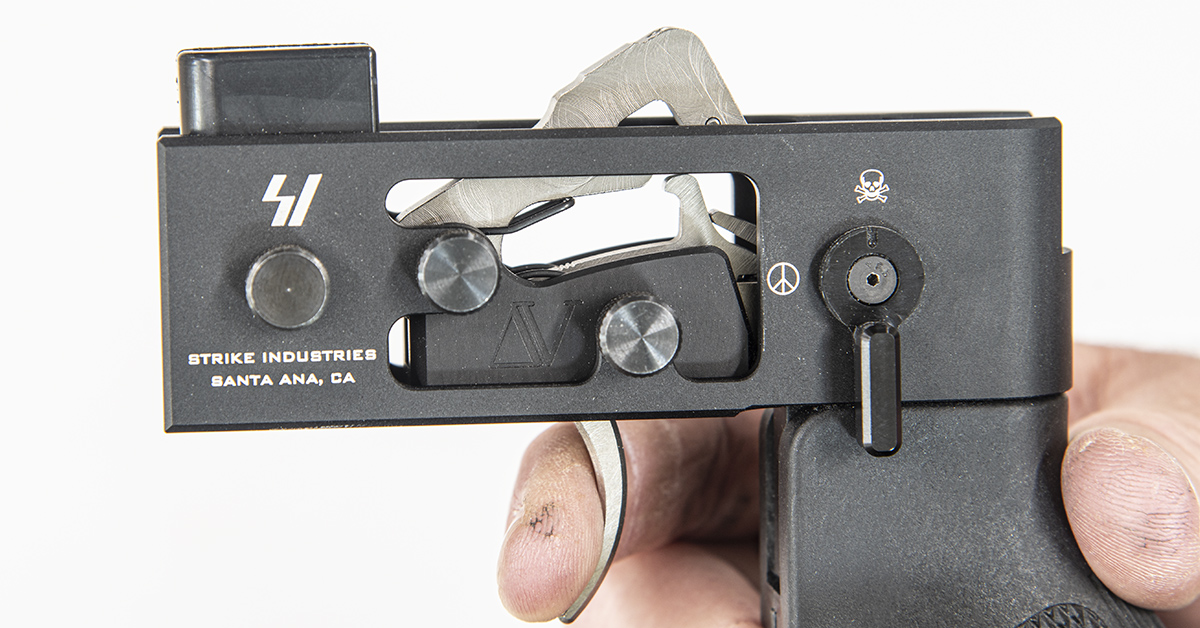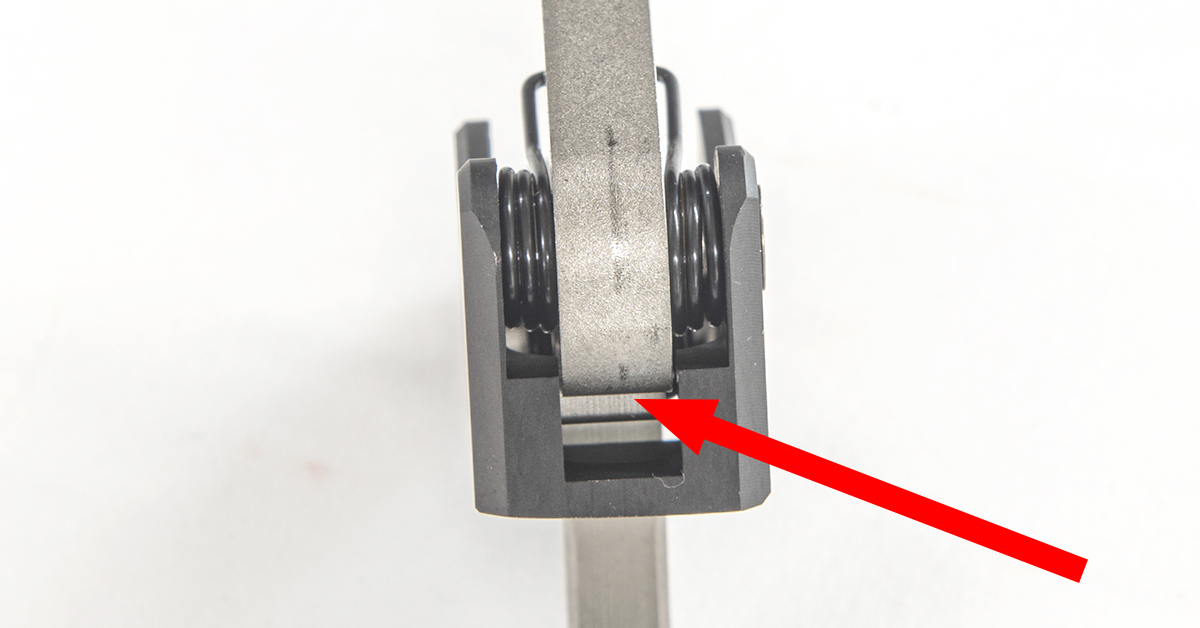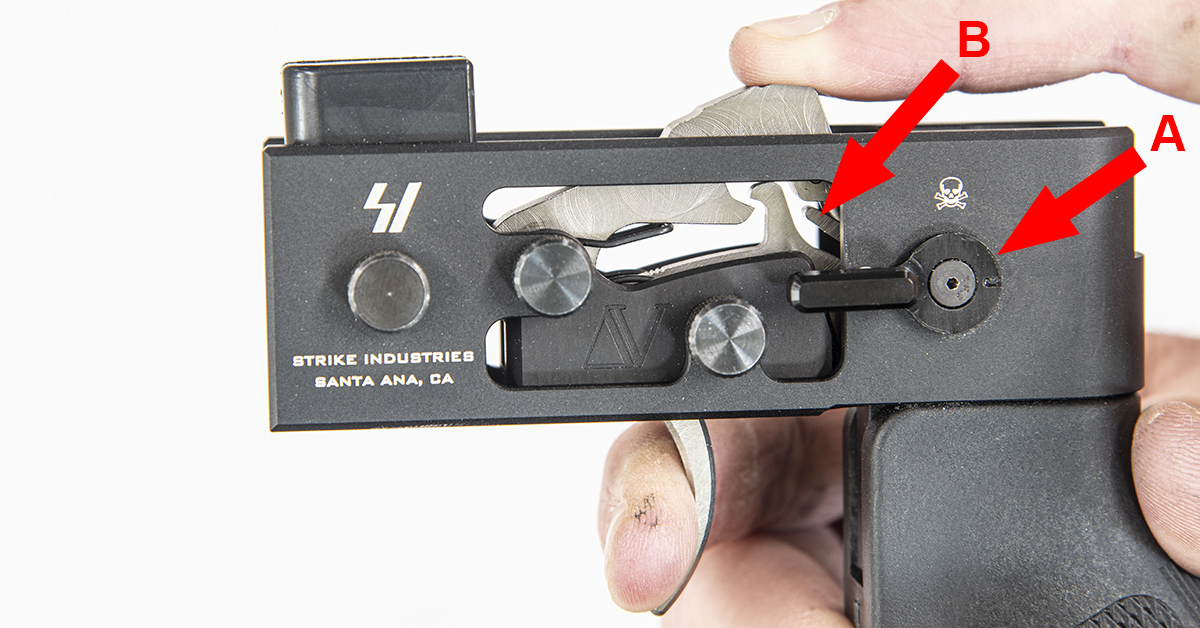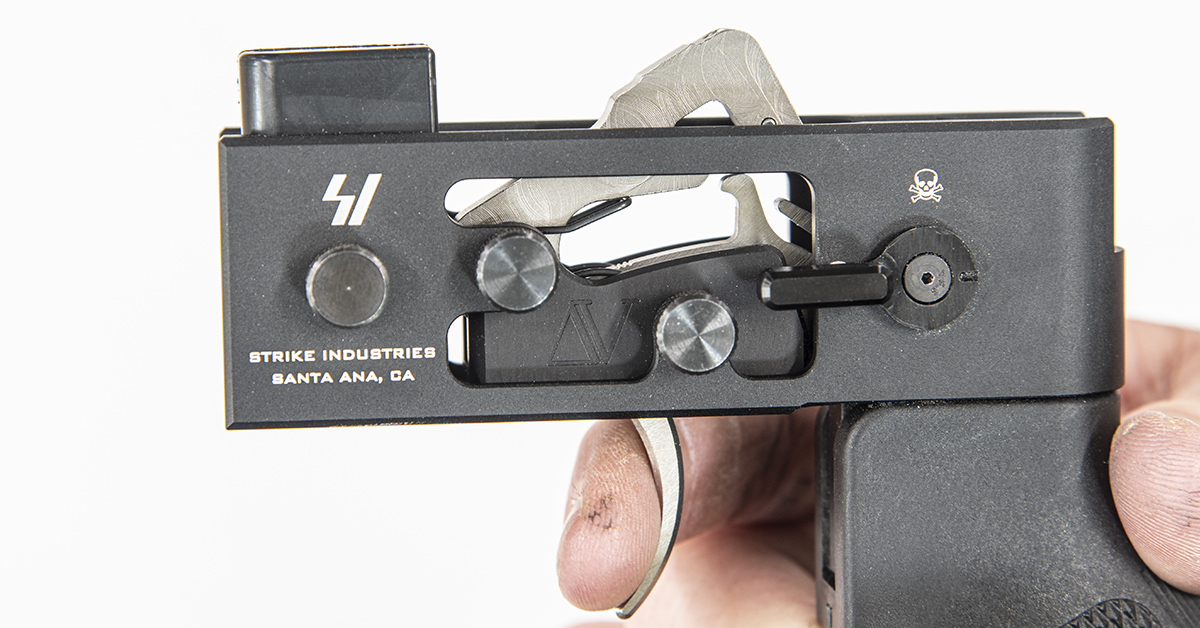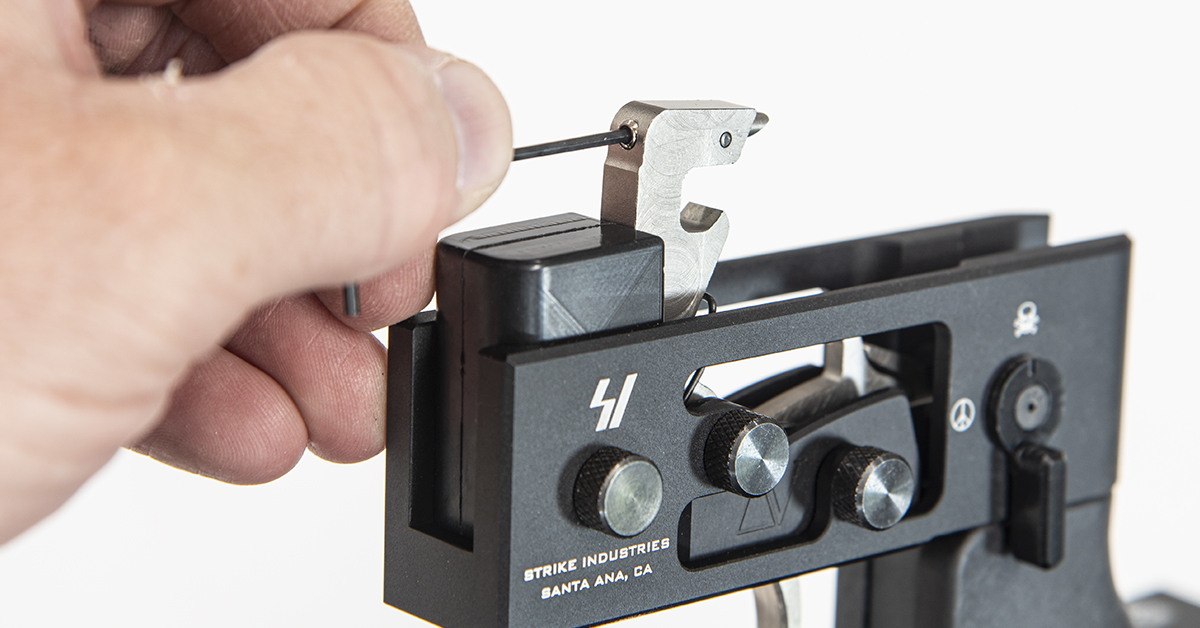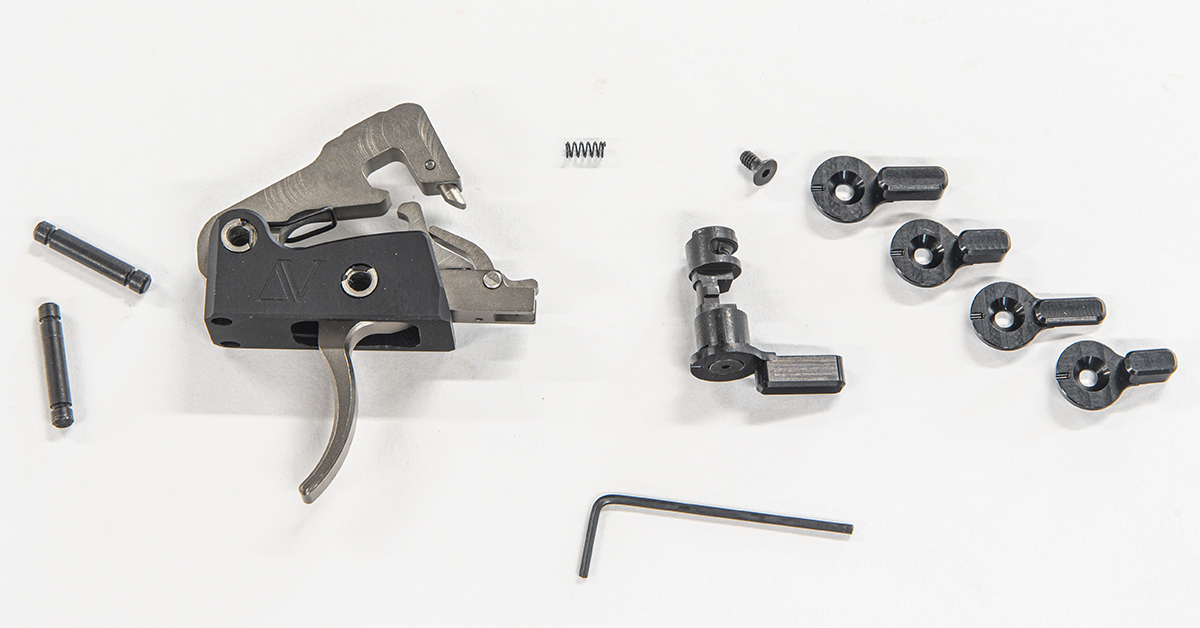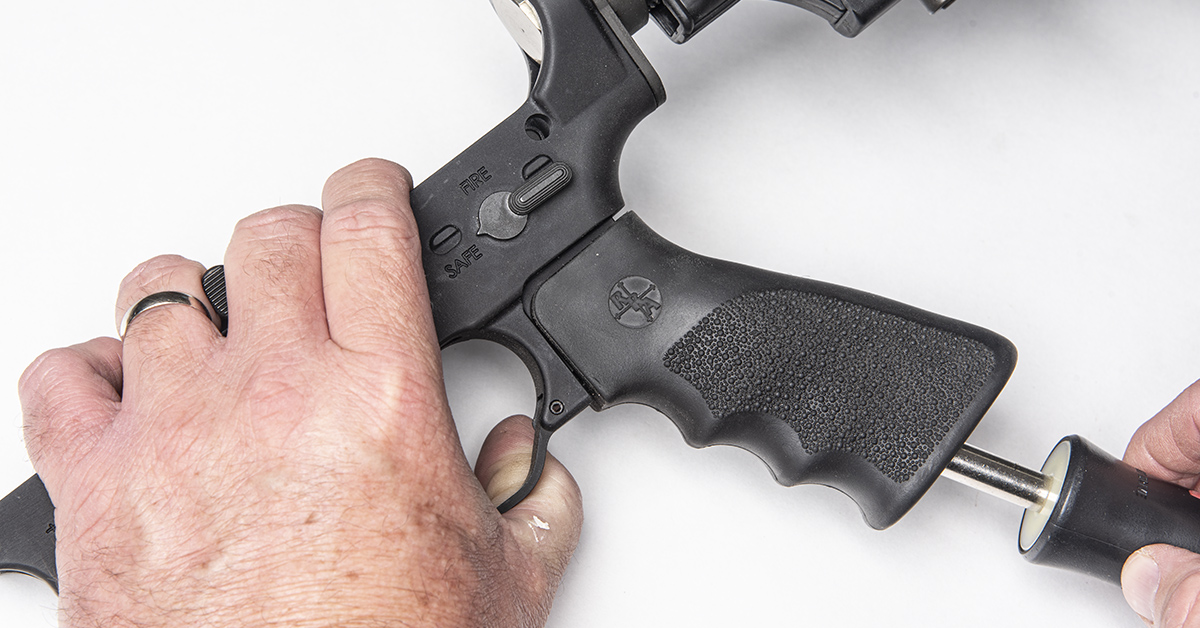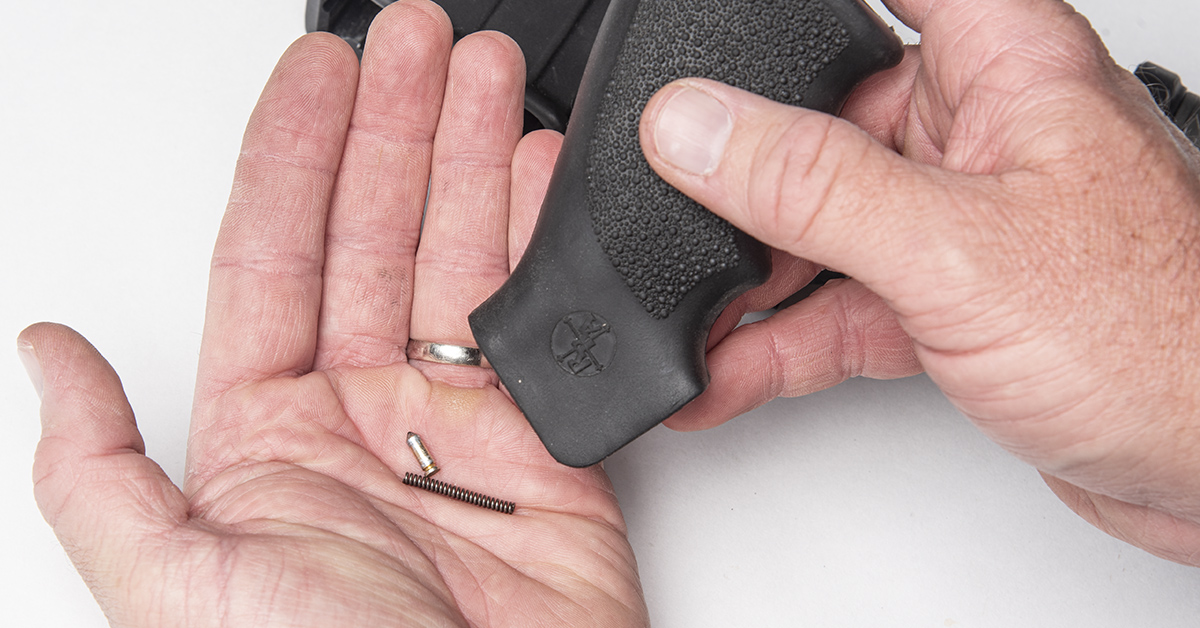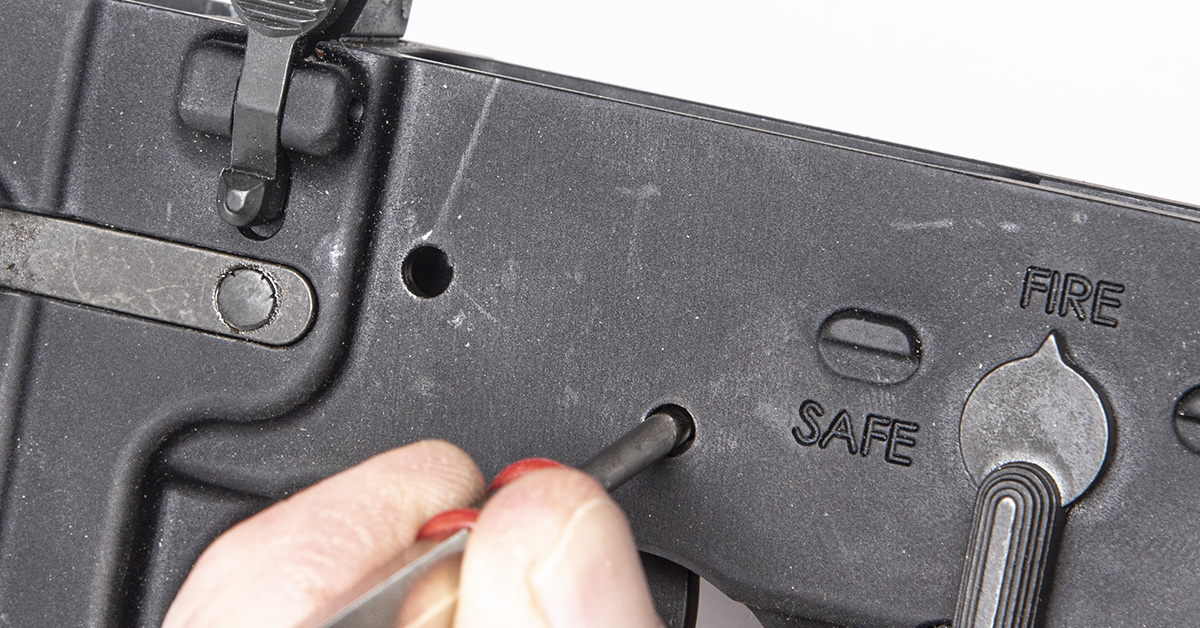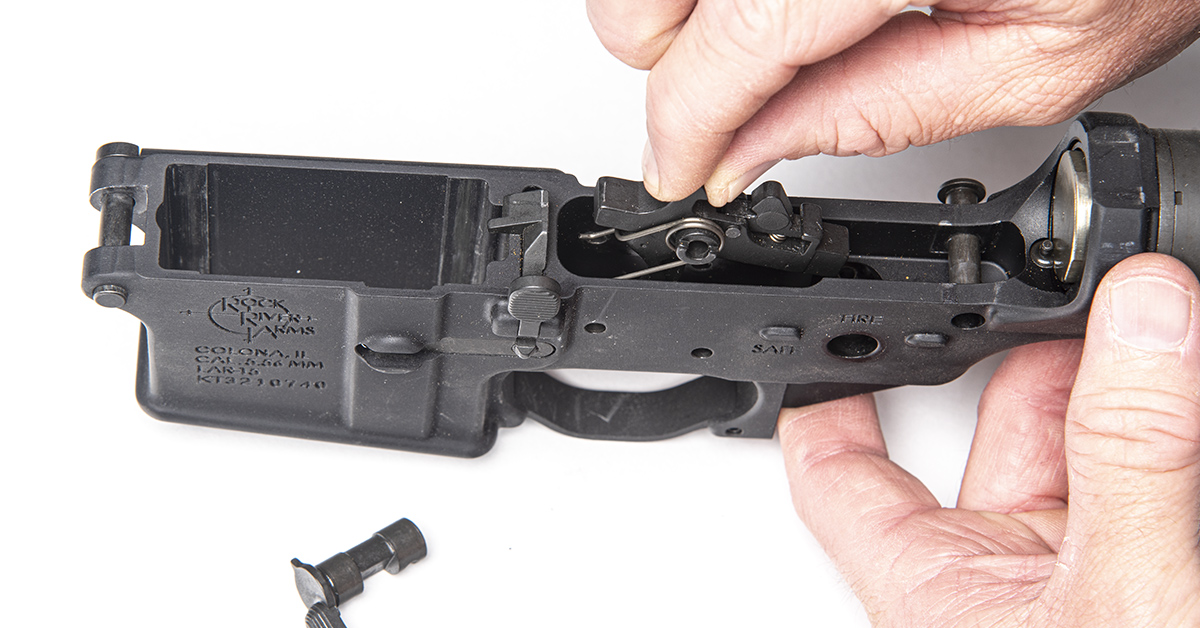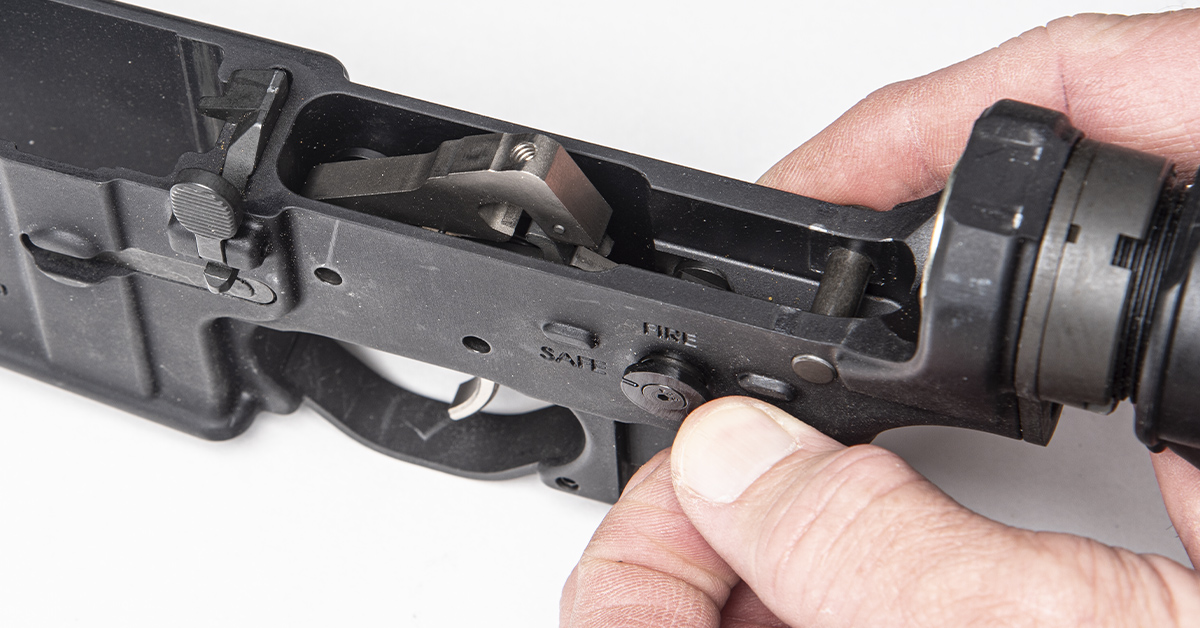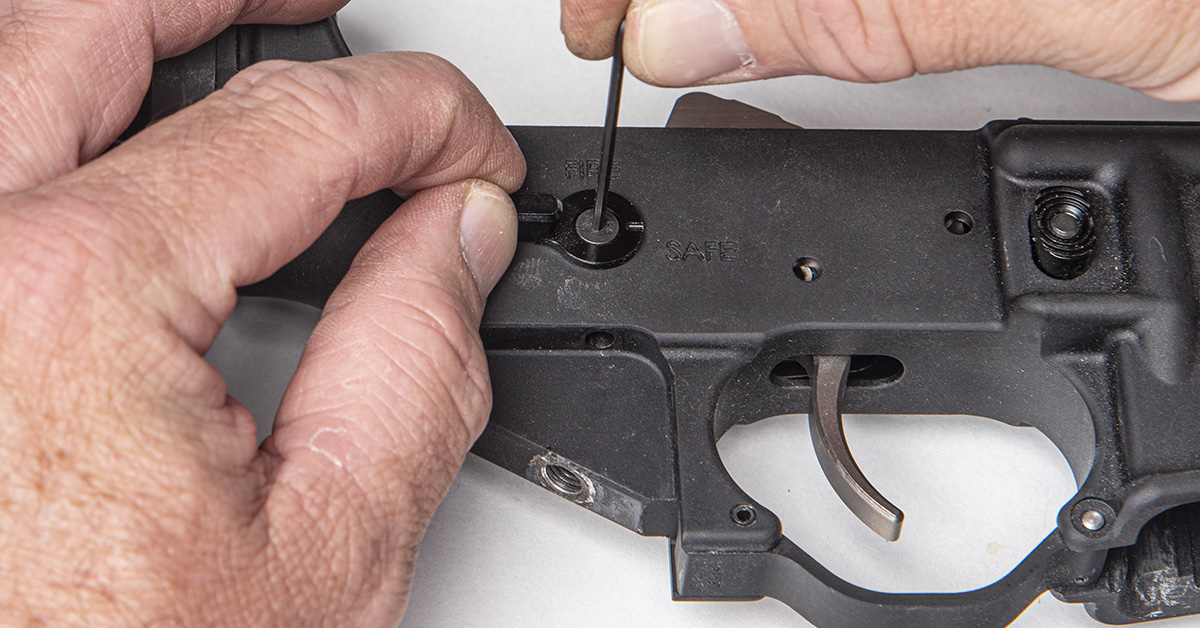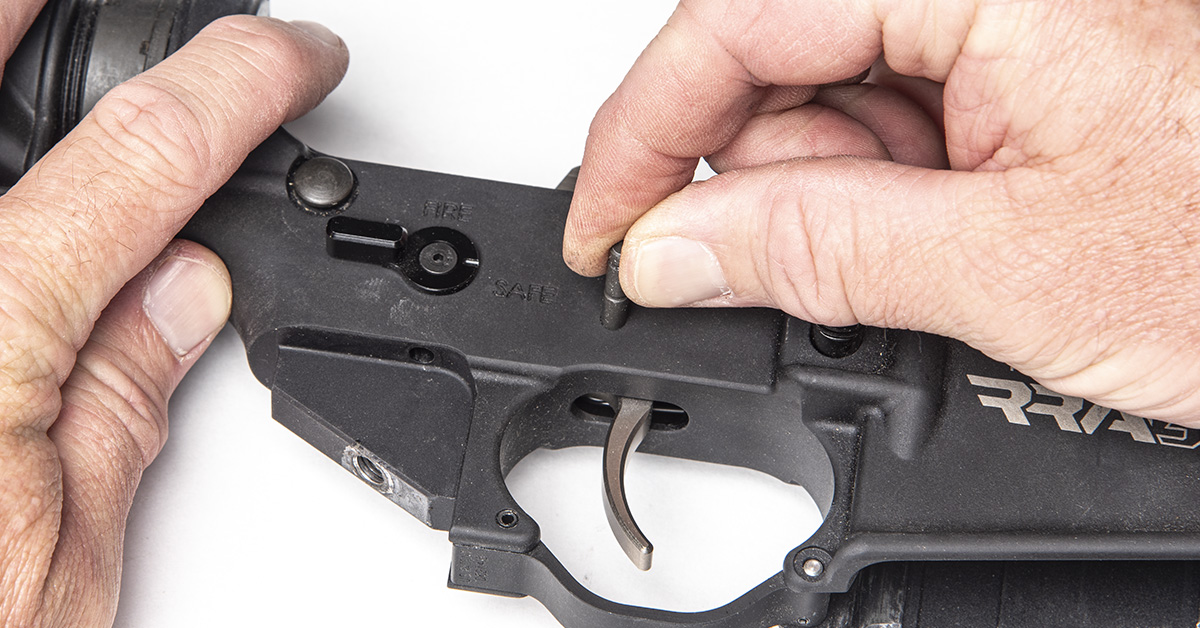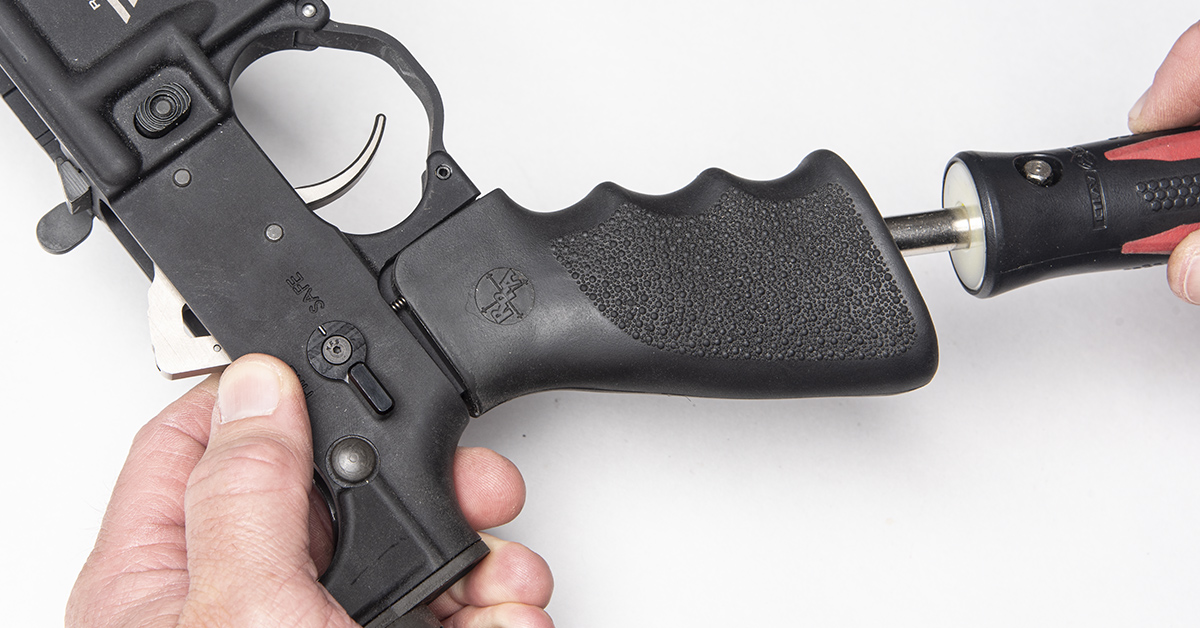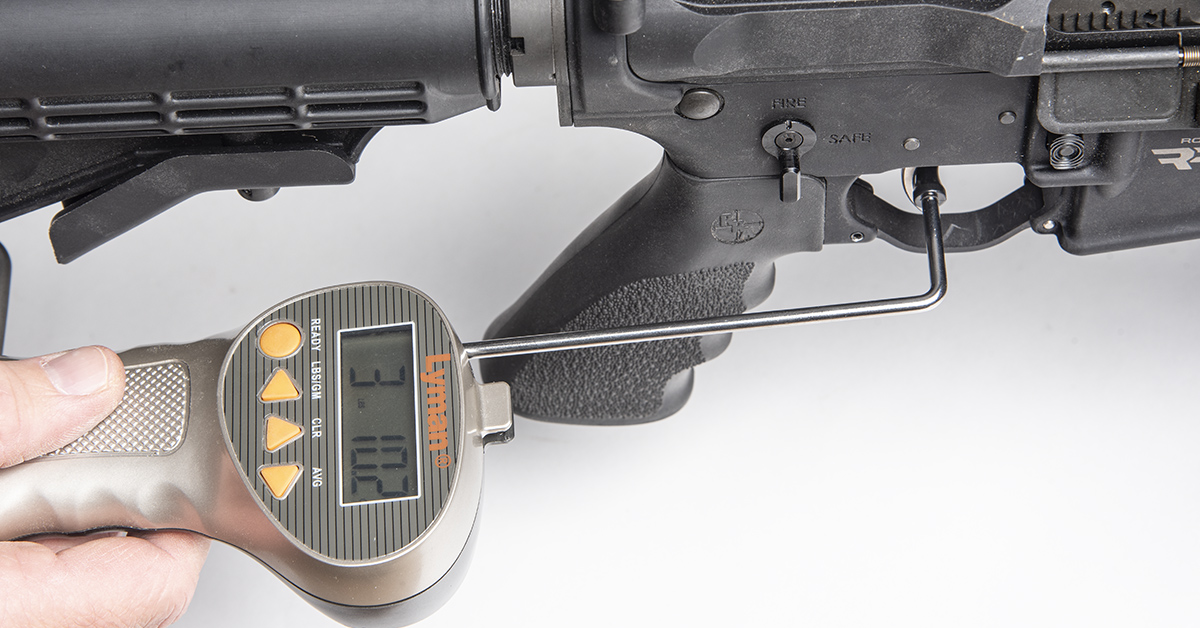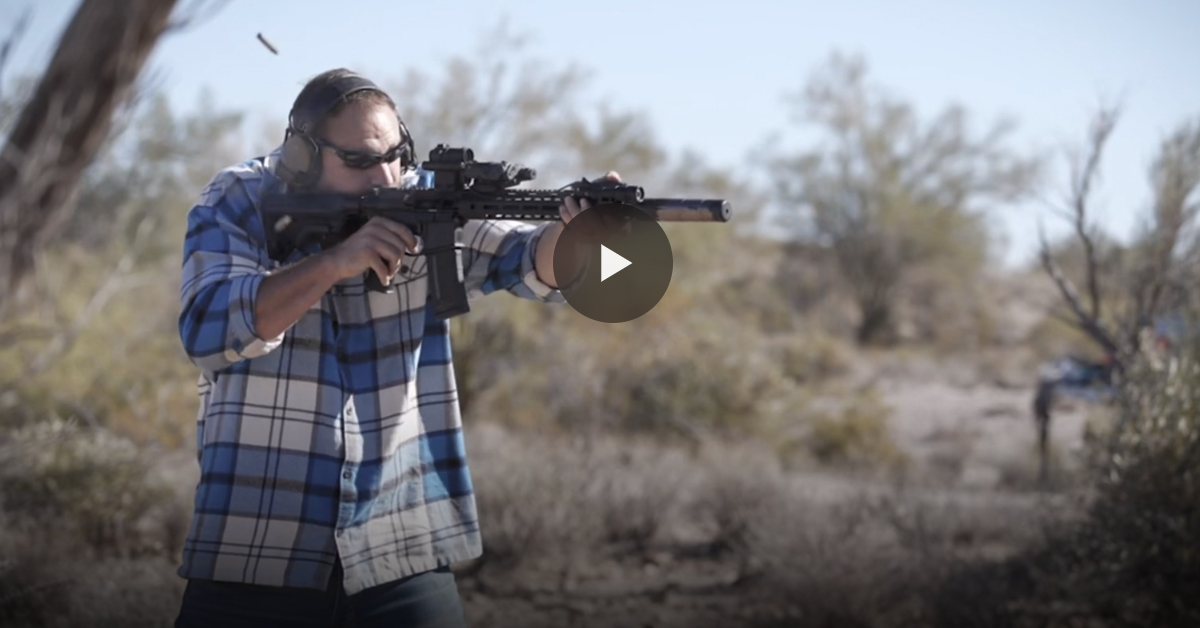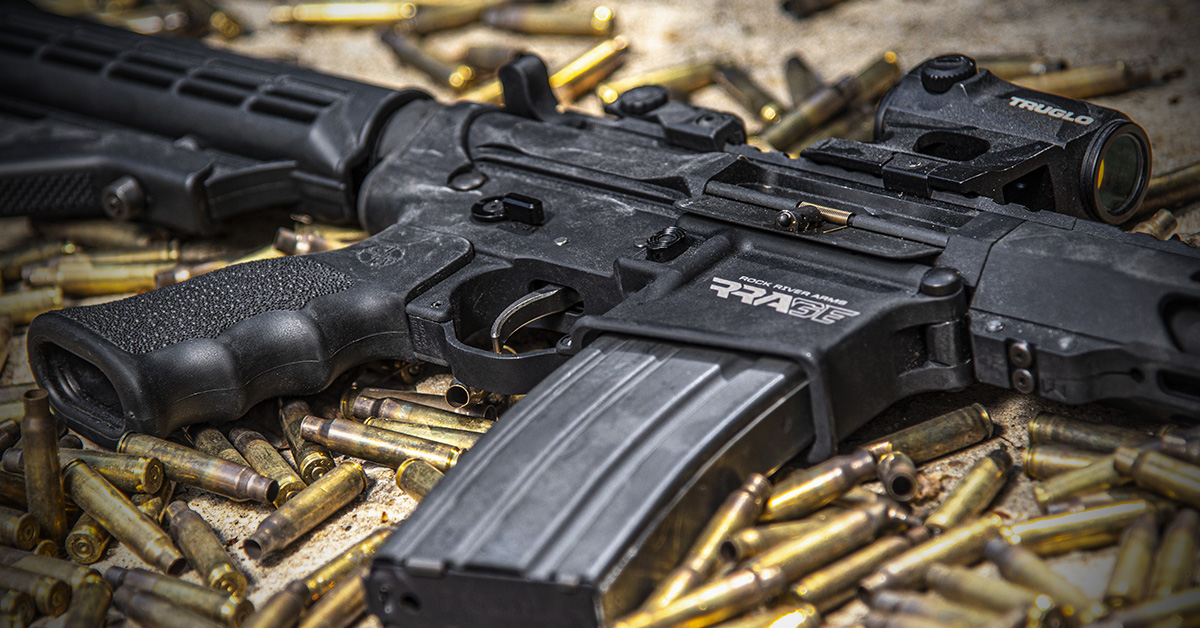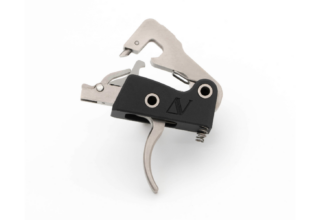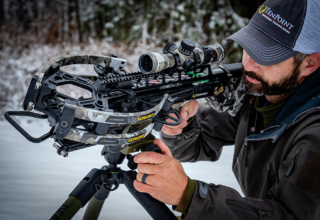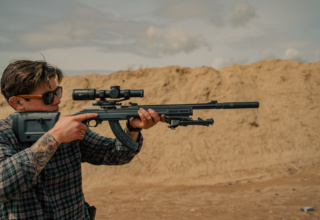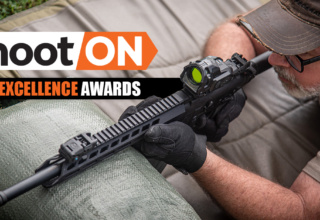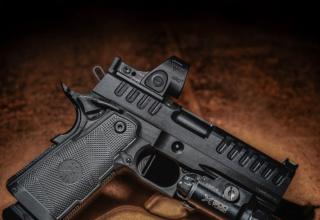Delta V revisits the 3MR assisted-reset drop-in trigger module for the AR-15 and AR-10 platforms. Prepare for lighting fast split times and ear-to-ear grins!
by Rob Reaser
Those of you who have been dedicated Shoot On readers for the last several years know that we take a rather serious, practical, and studied approach to firearm reviews and education. No fanboys or fangirls are to be found in our contributor dugout. Our goal is always to provide you with solid information and technical articles that elevate knowledge and real-world applications with regards to personal defense and sport shooting topics.
With that approach comes a somewhat parallel philosophy to the hardware of our industry.
Most of us at Shoot On hew to the notion that the further we veer away from the original firearm manufacturer’s design, the greater the chance of introducing…let’s call it “performance anomalies and potential pitfalls.” What I’m talking about here is add-on parts or aftermarket replacements of OEM components.
How well are they made? How well do they integrate into and work with the original firearm system? Do they fill a gap or correct a design problem with the original firearm? Do they provide a real benefit or are they neato gizmos whose cost would have been better apportioned to more ammunition and training?
I like to use the AR-15 as the prime example of “you can go too far” or “just because you can, doesn’t mean you should.”
In its original Colt form, the AR-15 is a solid and reliable defensive firearm that needs no augmentation or modification for said mission. As a purest-leaning gun guy, I favor the M4 and M16 clones as my by-the-door defenders…replete with the open/carry handle sight system. The modifications I have made to them are minimal: Hogue grip (I HATE the A2 grip), winter trigger guard (I hate the original flat trigger guard, too!), a cotton Garand-style sling (hangs from my shoulder better than anything else I’ve tried), and a quality two-stage trigger (those who know MILSPEC ARs understand). Nothing else is needed nor desired…at least for me. In this configuration the gun is sleek, unencumbered, and operates with practiced ease.
Others fancy the more contemporary AR variants adorned or augmented with as many custom features as can fit the platform. To that I say, “Hoorah!” After all, it all comes down to what you like and your purpose. So long as the changes and add-ons don’t interfere (or potentially interfere) with the gun’s mission or complicate its operation in a time of high stress, all is well.
Occasionally, though, it’s good to remember that firearms also present simple, recreational fun. Whether it is tin-can airgun shooting in the backyard, seeing how far you can ding steel silhouettes with a trusty rimfire, or, if you have the extra scratch, engaging in a bit of Tannerite hijinks with your friends — all, of course, while exercising the key tenets of firearm safety — it is the recreation aspect of our hobby that keeps things interesting and all of us engaged for a lifetime.
All of that to say, I’ve never been drawn to full-auto weapon systems. Yes, I’ve had some fun with full-auto carbines and SBRs. The biggest thrill of all came from pulling the trigger on a belt-fed DShK (that’ll hike your adrenalin), but overall, I never could and still don’t see the practical point in full-auto ripping. I don’t have, unfortunately, that kind of money to burn on ammo and, from a practical standpoint, it serves little purpose outside of limited combat applications.
On the other hand, rapid-fire capability can serve a purpose when applying firearms to recreation, competition, and even defense in the hands of the trained and practiced shooter. And that is where the just-released second-generation 3MR assisted-reset trigger from Delta V enters the game.
Those of you who sojourn deep into aftermarket AR territory have likely come across the 3MR trigger, as the system has been around for about a decade under the Tac-Con manufacturer name. Now running under the Delta V banner, the 3MR is in its second-generation with an improved disconnector geometry that makes for a reset that is even smoother, faster, and more positive than the original configuration.
For those of you who are unfamiliar with the 3MR trigger, let’s back up a bit. OK…let’s back up a good bit and start with an understanding of how a conventional semi-auto AR trigger system works.
Here is a single-stage AR trigger in its cocked position. The hammer and trigger engagement surfaces (sear) prevent the hammer from falling forward.
Pulling the trigger rearward breaks the sear engagement, allowing the hammer to fall forward and strike the firing pin.
Upon firing the cartridge, the bolt carrier moves rearward, forcing the hammer back and down. Because the trigger is still held back in its rearmost position, the hammer hook catches on the disconnector hook (arrow), preventing the hammer from moving forward once the bolt returns to its closed and locked position.
In order to fire the next cartridge, the trigger must be reset. This happens when the shooter allows the trigger to move forward. As the trigger moves forward, hammer engagement transfers from the disconnector back to the hammer/trigger sear (arrow). This is the “click” you hear as you let up off the trigger. The system is now cocked and ready to fire again.
The thing to keep in mind as we shift our focus to the Delta V Gen 2 3MR trigger system is that the length of the trigger reset travel (from disconnector to trigger sear engagement) in a conventional trigger (single-stage or two-stage) is fixed. The longer the reset travel the greater the distance the trigger finger must move forward to reset the trigger to take the next shot. The greater the distance, the longer the reset time, resulting in a slower rate of controlled fire.
By comparison, the Gen 2 3MR is a whole different critter when it comes to the reset function. This is an “assisted-reset” trigger system that is adjustable and designed to reduce the reset travel length down to the proverbial frog’s hair. In so doing, this system achieves the fastest trigger performance possible this side of a full-auto sear or a forced-reset trigger system.
And here’s the kicker. The Gen 2 3MR is the only such assisted-reset trigger system that is expressly approved by the BATFE as non-NFA classifiable. That is because this system meets the single-pull, single-fire trigger function as defined by the ATF. In other words, you don’t need Big Daddy’s approval or need to buy the magic $200 stamp to own or use it (assuming you live in a Constitutional-abiding state, of course).
So, how does it work? Let’s take a look…
The Gen 2 3MR has three modes: safe, semi-auto, and what Delta V calls the “Enhanced 3rd Mode.” Here, we start with the system in semi-auto mode with the trigger pulled back and the hammer in its forward (fired) position. Note that the assisted reset arm (arrow) is against the back of the disconnector.
As the bolt moves rearward to push down on the hammer, the hammer hook (arrow) slides down and beneath the face of the disconnector.
Once the bolt moves to its forward position, the hammer moves up and its hook is captured by the disconnector. What you’ll note here is that there is ample surface engagement between the hammer hook and the disconnector.
Allow the trigger shoe to move forward and the system resets by transferring engagement back to the hammer/trigger sear surfaces.
As you can see from this frontal view, the hammer/trigger sear engagement is the same on the Gen 2 3MR as it is with a conventional AR trigger system.
Now let’s examine the Gen 2 3MR’s Enhanced 3rd Mode. Again, we return to the simulation of the bolt pushing the hammer down during the cycle of operation. The difference is that, with the safety selector rotated to the Enhanced 3rd Mode (arrow A), the assisted-reset arm (arrow B) is no longer contacting the back of the disconnector. Instead, the assisted-reset arm is positioned away from the disconnector, and it is this change in engagement geometry between the adjustable hammer plunger, assisted-reset arm, and the hammer hook that makes the magic happen. As the hammer is pushed down by the bolt, the hammer plunger pushes down on the assisted-reset arm. This causes the trigger to be pushed slightly forward.
As you can see here, once the bolt has moved forward and is clear of the hammer, and the trigger is still in its rearmost position (although slightly forward of the semi-auto position thanks to the hammer plunger and assisted-reset arm), the hammer hook engages the disconnector. That engagement surface, though, claims significantly less acreage than what we see in semi-auto mode.
Now, with only a sleeping baby’s breath of forward trigger movement (depending on how you adjust the hammer plunger), the hammer and trigger sear surfaces engage and the trigger is reset, ready to fire the next round.
Again, it is that minimal hammer-to-disconnector engagement that makes this trigger capable of ultra-short reset travel, which leads to the lightning-fast reset times.
Now, I mentioned that this trigger is adjustable. The adjustment comes via the spring-loaded hammer plunger assembly. This consists of an angled plunger on the back side of the hammer (that interacts with the trigger’s assisted-reset arm), a plunger spring, and a set screw.
The Gen 2 3MR does need some adjusting to achieve the desired reset characteristic for your gun, ammo, and shooting style combination. Tightening or loosening the spring tension via the set screw changes this characteristic. The kit also comes with a couple additional springs so you can select the spring rate that works best for you. Adjustment is simple enough and requires only pivoting the upper receiver out of the way and using the supplied 1/16th hex wrench to turn the set screw in or out.
Installing the Gen 2 3MR
Being a cassette-style trigger system, the Gen 2 3MR is a cinch to install. The kit is designed for ARs built for the smaller .154-inch MILSPEC-style hammer and trigger pins, and comes with its own pins, the aforementioned plunger springs, and an ambidextrous billet selector lever that must be used in order for the system to work. Assorted-size aluminum paddles are included so you can customize to your preference. Overall, the kit is solid, with core components boasting EDM precision and NP3 Nickel Teflon coating.
If you’ve never swapped out an AR trigger before, it’s simple stuff…especially if the replacement is a drop-in style like the Gen 2 3MR. After clearing the firearm, separate the lower receiver from the upper and then remove the pistol grip by loosening the grip screw.
Be careful as you remove the grip not to lose the safety selector detent and spring. The spring will come out with the grip while the detent must be shaken out of the bottom of the receiver.
Use a flat punch to push out the hammer and trigger pins from left to right.
Remove the safety selector and pull out the trigger group.
Cock the hammer and drop the Gen 2 3MR into the receiver.
Install the new ambidextrous safety selector.
Choose your selector lever paddle and secure with the provided screw.
Lightly lubricate and then insert the trigger pins through the holes in the receiver. Some light tapping with a small nylon-face hammer may be necessary. Just be sure that the pins are equally positioned in the receiver.
Reinstall the safety selector detent into the receiver (pointed end going in first).
Reposition the detent spring in the grip and reinstall the grip onto the receiver. Be sure not to lose the spring or detent during this step.
Conduct a function check to ensure the Gen 2 3MR and the safety selector are working properly. This means checking that the safety works and that the hammer releases and the trigger resets in both firing modes.
CAUTION: Do not allow the hammer to strike the receiver, as the receiver may be damaged. Use your finger to prevent the hammer from falling against the receiver during this test.
Gen 2 3MR Performance
The factory states that the match-grade trigger pull in semi-auto mode is 4.5 lbs. I performed two tests on a Lyman digital scale to get the 10-pull averages. The first 10-pull average was 3 lbs., 3.8 oz. The second 10-pull average came in at 3 lbs., 1.7 oz.
From the finger, the Gen 2 3MR is smooth and sweet. There is minimal trigger travel before the sear break, but it comes smoothly with zero grit and the break is deliciously clean.
The real fun begins when you switch to Enhanced 3rd Mode.
If you want to see the possibilities, take a moment and WATCH THIS VIDEO…
Before I inserted the first magazine, I made some preliminary adjustments to the hammer plunger, trying to get the reset short, but not as short as the system could go. Next, I shot a few rounds to test the trigger in semi-auto mode. In keeping with other high-end triggers I’ve shot in the AR platform, the Gen 2 3MR delivered a major performance improvement compared to the standard MILSPEC triggers.
Satisfied with semi-auto, I flipped the selector to Enhanced 3rd Mode.
Trying my best to employ a light trigger finger to take advantage of the recoil, I broke the sear and the first two rounds fired in what seemed like almost simultaneous fashion.
Wow!
After a bit more adjusting to the hammer plunger, I got the reset down to the “sweet spot” — or, as Delta V calls it, the optimal “positive reset characteristic.” What the split times were I don’t know because I forgot to bring my timer. Suffice to say, the Gen 2 3MR trigger will let you burn through ammo as fast as you can barely twitch your trigger finger.
This system does take practice if your goal is rapid mag dumps. A light trigger finger is critical. Pull back hard and you’re not going to enjoy that organically fast reset-and-fire action. Keep things loose, on the other hand, and you’ll have a hot barrel in a couple seconds.
I did experience a few failure-to-fire malfunctions (light primer strikes) that I haven’t quite worked out. At first, I wasn’t sure whether this was due to the way I was holding the AR when in Enhanced 3rd Mode, if the system’s hammer spring was a tad on the light side, or it was something else. After that little hitch in my otherwise fun giddy up, I got in touch with Delta V regarding this issue. They noted that in some setups light strikes might occur if the pressure on the reset lever via the hammer plunger is too great. Their experience has shown that backing out the spring 1/8th turn at a time, retesting, then applying thread adhesive to the set screw when satisfied should eliminate any light strikes. I haven’t tried this yet, but it is on the schedule for the next range trip.
On the practical side, the Gen 2 3MR is a boon for competition shooters who have the skill to manage such a short reset. As for defensive use, I’ll stick with semi-auto mode.
If, though, we should ever need to protect ourselves from alien invaders, that Enhanced 3rd Mode is going to be put to good use!



